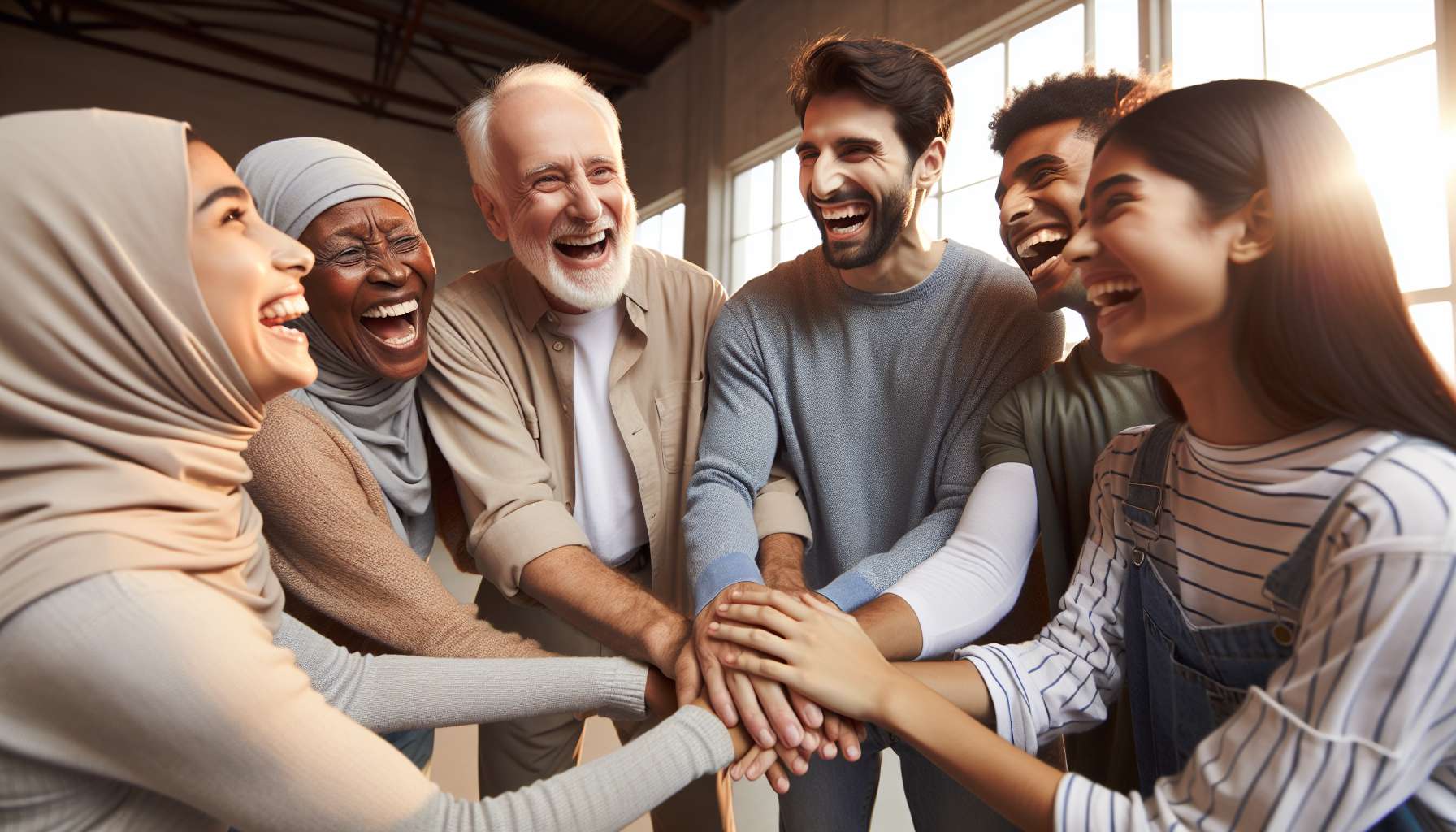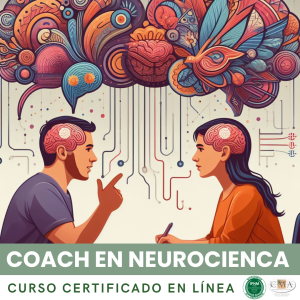
The cultural and social aspects of laughter and humor are a fascinating subject that illuminates the diversity and complexity of these universal phenomena. Each society, each cultural group has its own codes, norms, and rituals related to laughter, reflecting specific values, beliefs, and modes of communication.
At the intercultural level, there are significant differences in the perception and expression of laughter and humor. What is considered funny and acceptable in one culture may be perceived as inappropriate, disrespectful, or even offensive in another.
For example, British humor, known for its dry wit and self-mockery, can seem disconcerting or impolite to people from cultures where humor is more direct and explicit, such as in the United States or Australia.
These cultural differences are rooted in historical, religious, political, and linguistic factors unique to each society. Taboos, stereotypes, and social representations deeply influence what can be made fun of, what is considered sacred or untouchable.
In some African cultures, for example, jokes about mothers-in-law are very common and socially accepted because they allow tensions inherent in this family relationship to be expressed and managed. Conversely, in other cultures, such jokes would be seen as disrespectful and inappropriate.
Within the same society, laughter and humor can also vary depending on social groups, generations, genders, or professional environments. Each sub-culture develops its own humorous codes, shared references, and running gags that strengthen the group’s sense of belonging and cohesion.
In the medical field, for example, dark humor and gallows jokes are common because they allow caregivers to cope with the stress and difficult emotions related to their practice. These jokes may seem shocking or inappropriate to people outside this environment, but they serve an important psychological and social function for those who share them.
Laughter and humor also play a central role in social interactions and interpersonal communication. Laughing together creates emotional and physical synchronization that strengthens empathy, camaraderie, and attachment between individuals. Humor helps to navigate delicate social situations, defuse potential conflicts, negotiate power relations.
At a first meeting, for example, a humorous remark can break the ice, reduce anxiety, and create a more relaxed atmosphere conducive to exchange. In a business negotiation, a witty comment can help to unblock a tense situation and find a compromise satisfactory to both parties.
But laughter and humor can also be used negatively, as tools for exclusion, stigmatization, or social domination. Racist, sexist, or homophobic jokes, for example, strengthen stereotypes and discrimination by trivializing them under the guise of humor. Mocking or sarcastic laughter can be a form of verbal violence that hurts and humiliates its target.
As a Laughter Therapist, it is essential to be aware of these cultural and social issues in order to adapt your practice in an ethical and respectful manner. This involves developing intercultural sensitivity, listening to the differences and specificities of each group, creating inclusive and caring laughter spaces.
During an intervention in a multicultural group, for example, the Laughter Therapist will ensure to propose exercises and games that do not rely on too specific cultural references so that everyone can fully participate. They will be attentive to participants’ reactions and non-verbal signals to ensure that shared laughter is experienced as a positive and unifying experience, not as a source of embarrassment or discomfort for some.
Understanding the cultural and social aspects of laughter and humor also means grasping their potential as tools for intercultural dialogue, social cohesion, and positive change. By creating shared laughter spaces that transcend differences and celebrate diversity, the Laughter Therapist can help build bridges between individuals and communities, foster openness, tolerance, and mutual enrichment.
A great example of this potential is the “Laughter for Peace” movement initiated by Dr. Madan Kataria, founder of Laughter Yoga. By organizing laughter sessions that gather people of different religions, ethnicities, and social backgrounds, especially in conflict zones, this movement aims to promote mutual understanding, dialogue, and reconciliation through the universal power of shared laughter.
Cultivating a keen consciousness of the cultural and social dimensions of laughter allows the Laughter Therapist to strive, at their level, for a more just, empathetic, and joyful world, where everyone can laugh freely and authentically, in respect of themselves and others.
The takeaways :
– Laughter and humor are universal phenomena with specific cultural and social aspects in each society and group.
– Cultural differences in the perception and expression of laughter are rooted in historical, religious, political, and linguistic factors unique to each culture.
– Within the same society, laughter and humor vary depending on social groups, generations, genders, and professional environments, with each subculture developing its own humorous codes.
– Laughter plays a central role in social interactions and communication, reinforcing empathy, camaraderie, and attachment, but can also be used negatively as a tool for exclusion or domination.
– The Laughter Therapist must be aware of these cultural and social issues to adapt their practice in an ethical and respectful manner, by developing intercultural sensitivity and creating inclusive and caring laughter spaces.
– Understanding the cultural and social aspects of laughter allows us to grasp its potential as a tool for intercultural dialogue, social cohesion and positive change by creating shared laughter spaces that transcend differences and celebrate diversity.
👉 To download docx (Editable) file click here : Click here
👉 To download PDF file click here : Click here
👉 To download MP3 file click here : Click here





